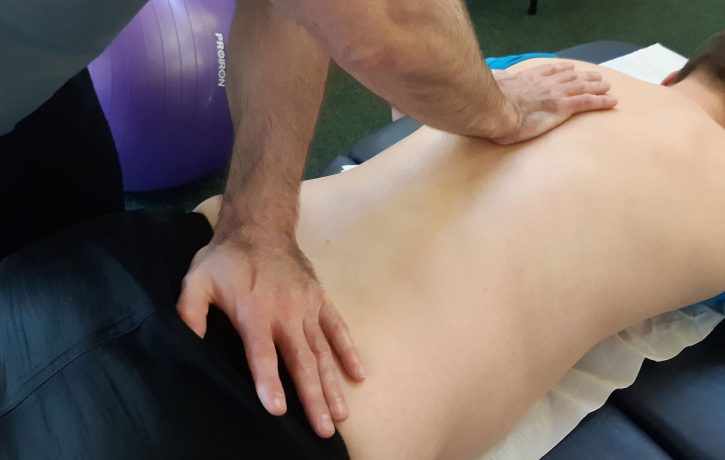What is Sciatica?

I have heard many different explanations from my patients of what they believe Sciatica is, which demonstrates how much misunderstanding there is in society that is only perpetuated by misinformation on the internet, television and in movies.
Sciatica is a term that purely refers to compression of the sciatic nerve. The symptoms of this can range, depending on where in its distribution the nerve is compressed. If you go to the internet, then the most common cause of sciatica is a disc compression from the lumbar spine. It is true that this can compress the sciatic nerve but the symptoms would be more than pain in the distribution down the back of the thigh and calf muscle but would include Parasthesia (change in sensation eg. pins and needles) and/or anaesthesia (loss of sensation eg. Numbness) as well as some level of weakness around the foot and ankle. In combination, these other symptoms are known as radicular symptoms. Without radicular symptoms, sciatica could be caused by compression of the nerve elsewhere down its distribution.
Sciatica nerve roots from the lumbar spine:
The sciatic nerve and its branches innervate all regions of the lower limb except the front and inner region of the thigh, so symptoms could be anywhere along the posterior thigh and below the knee and into the foot.
It is important to understand the clinical presentations and pain distribution of lumbar disc degeneration and lumbosacral nerve lesions, so if you are suffering from these type symptoms you should contact a health professional for a full assessment and diagnosis. Without a diagnosis and knowledge of how to manage symptoms, it could take significantly longer to recover from your symptoms.
We at The Body Matters are geared up to properly assess and diagnose sciatica and offer you a programme of symptom management and rehabilitation.
This article was written by Matthew Oliver M.Ost DO ND. Osteopath.
- Deepen Embodiment: Somatic Breathing with the Realization Process - 20th June 2025
- How Massage Transforms Muscle and Physical Health - 16th May 2025
- What is Traditional Chinese Medicine (TCM)? - 29th April 2025
